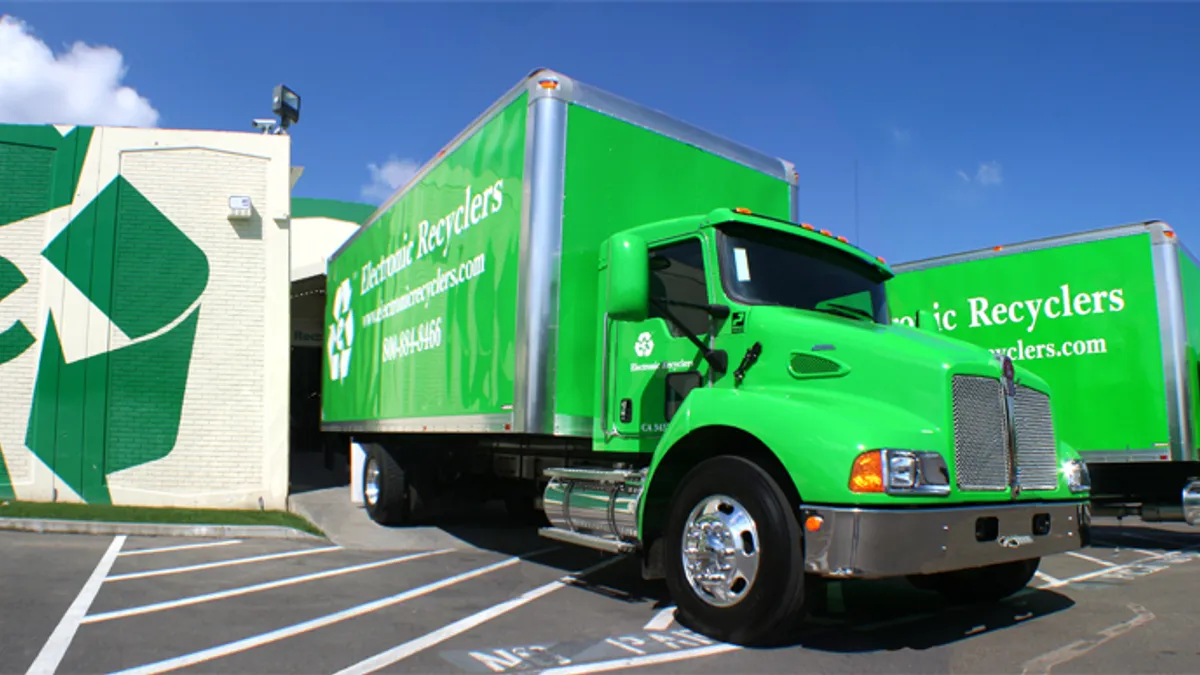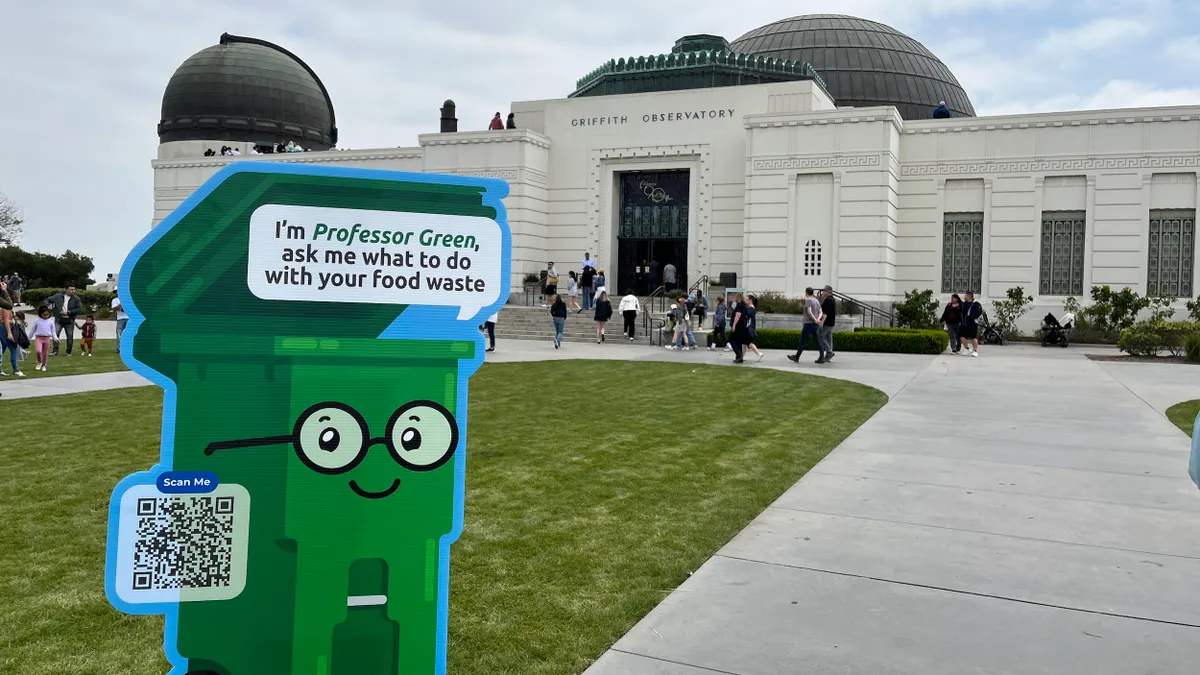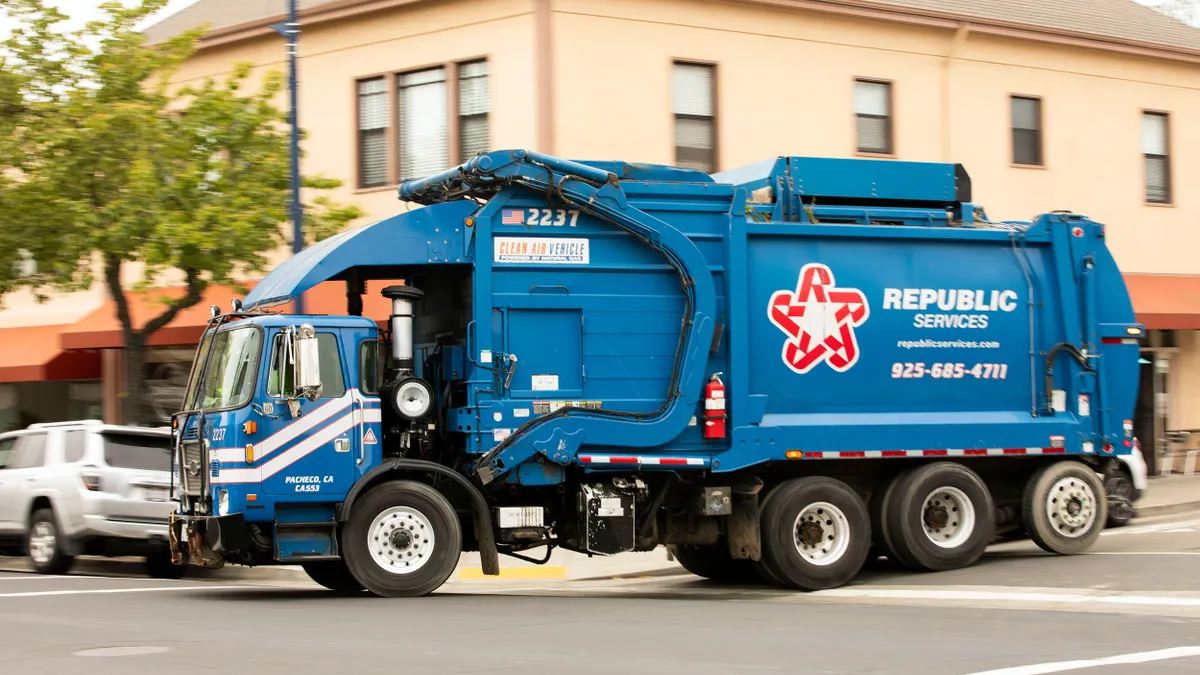More municipalities are looking for ways to keep their refuse out of landfills, but when it comes to picking a waste conversion technology, needs may differ from city to city.
Among the diverse array of available options, some of the more proven concepts can face public opposition while the most appealing technologies have little track record. Figuring out which way to go involves a case-by-case risk analysis, regional economic assessment and community engagement.
Two senior executives from the consulting firm Gershman, Brickner & Bratton (GBB) gave a detailed analysis of the many options at a Feb. 15 event in Portland, ME hosted by the Solid Waste Association of North America’s (SWANA) Northern New England Chapter.
"Just because something is working in California doesn’t necessarily mean it’s going to work here," said Lori Scozzafava, a vice president and operations officer with GBB.
Based on data from the Environmental Protection Agency, organics and plastics now make up a larger portion of the national waste stream as paper usage has declined. After extracting as much recyclable material as possible through material recovery facilities, and potentially mixed waste processing facilities, the remaining refuse presents many opportunities.
Organics are seen as "the lowest hanging fruit," with city or state policies driving more investments, though the processing options are still maturing in the U.S. GBB views composting as a low risk option that already plays a large role in organics management. Though Scozzafava said the majority of material handled at composting facilities in the country is still yard waste, not food scraps.
Anaerobic digestion will continue to play a large role — with the number of facilities set to more than double in coming years based on projects in development — and is viewed as a "moderate to low" risk option. The technology has been proven at wastewater treatment plants and farms around the country, but the introduction of source-separated food waste is still relatively new. Low regional tip fees also make it hard for anaerobic digestion facilities to compete in some markets.
"If we want the lowest cost we’re going to continue throwing it in the landfill," said Stephen Simmons, a senior vice president at GBB.
Another avenue that municipalities have taken either in conjunction with or instead of organics processing is traditional mass burn combustion waste-to-energy facilities. GBB rated these facilities as a low risk option because the technology has been proven in the U.S. over decades and continues to expand at a fast pace in European countries and China.
While the 2015 opening of a major West Palm Beach facility expanded national WTE capacity, the overall number of facilities has declined to 77 since a peak of 162 in 1995. Low national energy prices have made the economics of building new facilities challenging and public opposition — driven by memories of older, less regulated facilities — remains high. With the exception of New York, multiple cities with "zero waste" goals aim to move away from using WTE in the future.
As for the many other technologies that often get talked about, but may make municipalities wary, the results were mixed. Refuse-derived fuel combustion was rated as a "moderate to low" risk because the technology is proven, but commercial applications in the U.S. are limited. Some older facilities have remained viable over the years through retrofits and new projects such as the Entsorga facility in West Virginia are seen as promising. Within the mechanical biological treatment category, now included by some as part of the organics recovery hierarchy, the potential of projects such as the Fiberight facility in Maine will also be interesting to watch.
The various forms of gasification and pyrolysis — often discussed as the way of the future — were rated as high risk because of past project failures and the lack of a viable large-scale demonstration facility in the U.S. As noted by Simmons, gasification itself isn’t new but efforts to achieve new applications for the resulting syngas are complicated.
The facility closest to making this work in North America is Enerkem Alberta Biofuels in Edmonton, Canada. Once they can prove full-scale success, others may follow.
Deciding whether to pursue any of these projects all comes down to the needs and desires of a community, which in some cases may even differ across city or county lines. Detailed waste characterization studies conducted over multiple seasons can help officials gain a better understanding of what they’re working with before deciding to tackle a specific material category. Community engagement in the siting process is also seen as critical, as well as public-private partnerships that mitigate potential financial risk to municipalities for some of these newer technology options.
As cities look toward "zero waste" goals in 2020, 2030 or beyond, careful planning will help ensure that the technology they choose to achieve them will still be viable for decades to come.



















